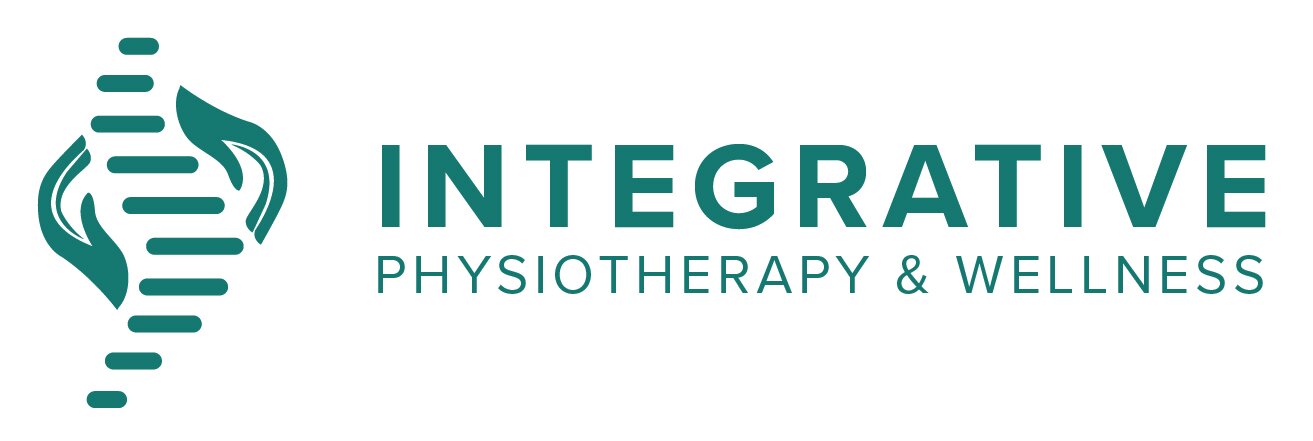What are Cervicogenic Headaches?
These types of headaches are usually caused by any dysfunction in your cervical spine or structures related to it like, Disc, Soft tissue, and Ligaments. Particular neck movements trigger these headaches. Women are more prone to get CGH than men.
Structures involved in CGH: Any structures innervated by spinal nerves C1 to C3, and Trigeminal nerve are involved in these headaches, which includes Joints like TMJ, C0-C1, C1-C2, C2-C3, Discs between them, Ligaments around them like Alar, Transverse, Muscles like Temporalis, Masseter, Trapezius, Multifidus.
How to recognize if you have Cervicogenic Headaches...
You would find most or some of these signs and symptoms in people with CGH:
Forward Head Posture
Chronic neck pain
Reduced tissue extensibility in neck muscles
Decreased strength in flexor and extensors neck muscles
Decreased Range of Motion in Cervical spine/neck
Trigger points in Cervical, scapular (Shoulder blade), and TMJ (Jaw) muscles
Though CGH is hard to diagnose and rule out from other kinds of headaches, Physiotherapists use certain diagnostic criteria based on several studies to diagnose it properly. There are clusters of tests supported by research that can differentiate CGH from migraine and tension-type headaches.
Some of them are:
Motor impairment in CCFT (Craniocervical flexion test)
Painful on Palpation upper cervical joint dysfunction
Decreased neck extension
Cervical Flexion Rotation Test (CFRT)
How Do Our Physiotherapists Treat Cervicogenic Headaches?
As mentioned above, the cause of headaches is related to cervical dysfunction… in the treatment, the main goal is to reduce any dysfunction in the cervical spine and related tissues.
Research has supported some of the techniques which show significant results to resolve headaches. They include:
Joint mobilization with movement & manipulation techniques targeting craniovertebral, cervical and thoracic regions –
Manual muscle relaxation techniques
SNAG exercises – especially during rotation of C1-C2
Dry Needling – Targeting trigger points in cervical muscles (Suboccipitals, paraspinals, upper trapezius)
Strength training for deep cervical flexors and scapular muscles
Numerous musculoskeletal physiotherapists have perceptions of non-responsiveness to the treatment of CGH, which include:
Psycho-social factors
History of severe trauma
Genetic history
Chronic fatigue
Minimal presence of upper cervical neck pain and impairment
Written by:
Anjali Patel. Registered Physiotherapist Resident. Orthopaedic Physiotherapist. Concussion Management
References:
Orthopaedic Division Canadian Physiotherapy Association. Theory Manual
Integrative Physiotherapy is a Barrie-based clinic that believes in a one-on-one patient-centred, manual therapy (hands-on) approach to physiotherapy. We aim to empower our patients by providing quality care that is personalized to each patient in an interactive and friendly manner. Through the use of the best available treatment techniques, we aim to provide exceptional care so that each patient feels engaged and motivated.
Our therapists are continually upgrading their skills and taking time to provide comprehensive assessment and treatment techniques that are always one on one without the use of assistants or double booking patients to make sure that you achieve your functional and sports goals as soon as possible.
Our therapists would be happy to help you to achieve your goals, get in touch to schedule your appointment. Don’t let pain ruin your day!
Integrative Physiotherapy, Empowering Patients with Personalized Care.

